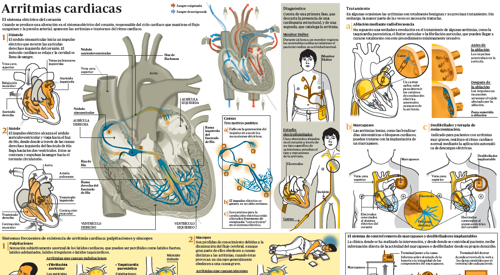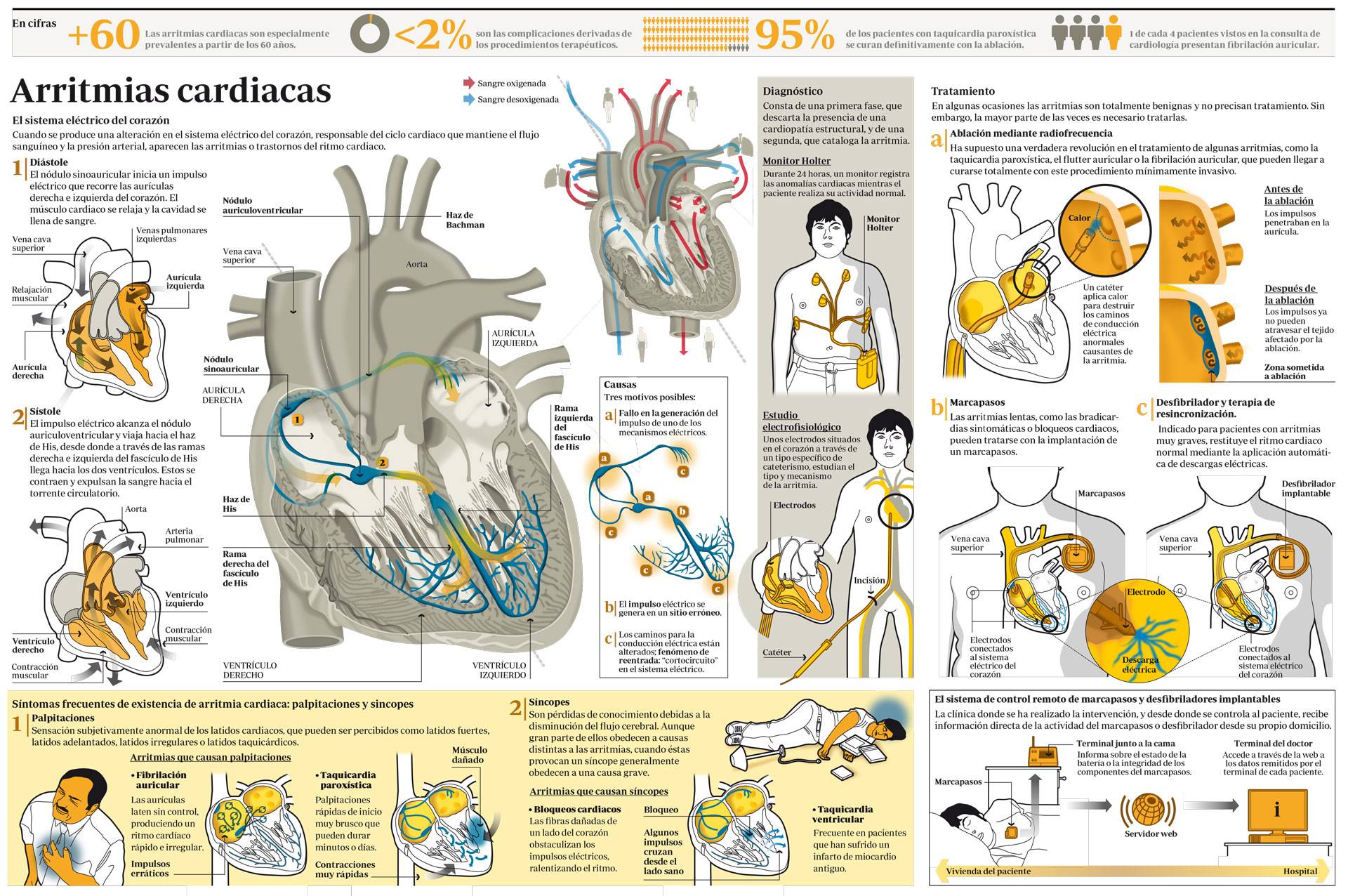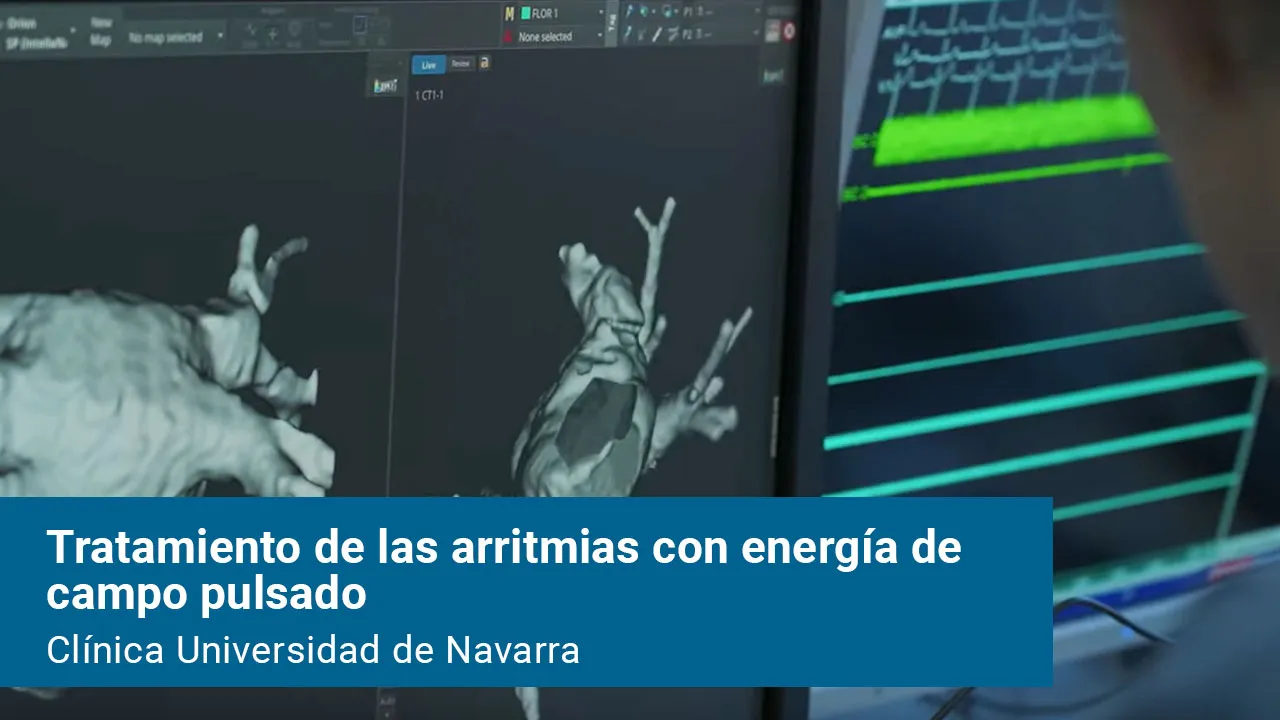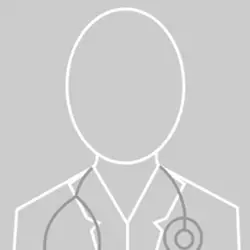Atrial Fibrillation
"If combined with the use of the defibrillator (defibrillator-synchronizer), it makes it possible to treat potentially malignant arrhythmias that sometimes coexist in the patient with heart failure".
DR. IGNACIO GARCÍA BOLAO
DIRECTOR. CARDIOLOGY DEPARTMENT

What is atrial fibrillation?
Non-persistent or paroxysmal atrial fibrillation is the most common sustained cardiac arrhythmia. Its increase is associated with an aging population.
It is an alteration of the normal conductivity of the heart (called sinus rhythm), when the atria do not contract properly and the ventricles contract irregularly and excessively fast, preventing the normal functioning of the heart.
The Department of Cardiology of the University of Navarra Clinic has an Arrhythmia Unit specialized in its diagnosis and treatment.
We are a reference in terms of medical advances and their use in the treatment of diseases, which offers new opportunities.

What are the symptoms of atrial fibrillation?
Patients often have palpitations, choking sensations, chest pain, fatigue, dizziness, etc. In general, atrial fibrillation makes it impossible to perform simple everyday tasks.
Throughout the evolution of the disease, the patient may experience symptomatic and asymptomatic periods, since, with time, the palpitations may even disappear. This is important because one can be in danger without feeling any discomfort.
Sometimes, it is discovered that a patient presents auricular fibrillation because suddenly suffers a cerebral ischemia (transitory or permanent), whose clinical manifestations (difficulty to mobilize half of the body or to speak or both) could disappear in 24 hours or remain permanent (or even produce death).
Do you have any of these symptoms?
You may be suffering from atrial fibrillation
What are the causes of atrial fibrillation?
It can occur in hearts with previous pathology as well as in hearts without evident structural alteration.
Atrial fibrillation can occur in hearts with cardiac pathology (mitral valve disease, coronary disease, pericarditis, congenital heart disease), associated with other diseases (high blood pressure, lung cancer, etc.), or even when there is excessive alcohol intake.
But it can also appear in apparently healthy people who, in principle, do not present any cardiac pathology.
Who can suffer from it?
Atrial fibrillation (AF) is the most frequent maintained arrhythmia nowadays (with an estimated prevalence in the adult population between 0.4 and 2%), conditioned by a significant increase in mortality due to cardiovascular problems.
It is usually associated with mitral valve disease (but can also appear in isolation or associated with other diseases). It is characterized by the lack of coordination of the rhythm of contraction of the atrium.
It can cause thrombosis and embolism and major cardiovascular complications such as stroke.
How is atrial fibrillation diagnosed?
The patient's pulse and an electrocardiogram show whether atrial fibrillation is present.
The pulse of the patient with atrial fibrillation, which is irregular, can be made by palpation of the radial artery in the wrist.
The diagnosis is confirmed by an electrocardiogram (ECG), which is a graphic record of the heart's electrical activity.
Once the diagnosis is confirmed, the echocardiogram will make it possible to evaluate the causes of the arrhythmia and to exclude the presence of clots in the heart chambers.
How is atrial fibrillation treated?
Pharmacological treatment with antiarrhythmic drugs is an option for patients who do not wish to undergo pharmacological treatment, although its efficacy is less than that of pharmacological treatment and it is not free of side effects that discourage its use as a chronic treatment.
On the other hand, in addition to antiarrhythmic treatment, in many cases treatment is necessary to prevent embolisms and strokes in patients with atrial fibrillation.
For this purpose, oral anticoagulants can be used, especially direct anticoagulants, which appear to be safer and more effective, or minimally invasive procedures such as percutaneous closure of the left atrial appendage.
Some types of arrhythmias, such as paroxysmal tachycardia or atrial flutter, are definitively resolved with radiofrequency ablation. This procedure represents a great advance in the treatment of arrhythmias, since it resolves more than 90% of cases. Only in less than 5% of patients do they recur.
Many cases of atrial fibrillation are also amenable to ablation as a curative treatment. Ablation is a minimally invasive procedure in which a minimal part of the cardiac tissue responsible for the arrhythmia is cauterized. It is an outpatient or 24-hour admission procedure performed via catheterization under moderate sedation.
Ablation can be performed with various energies: heat (radiofrequency ablation), cold (cryoablation) or, more recently, electrical energy (pulsed field ablation).
The Clínica Universidad de Navarra has been a pioneer in all these techniques, with an experience of more than 20 years and has all its most modern technological variants, adapting each of them to the specific case of the patient.
Regarding pulsed field ablation, the Clínica Universidad de Navarra is the first Spanish hospital and one of the first in the world to use this technique, with more than 350 patients treated. This novel procedure treats cardiac cells by means of pulsed-field ablation.
Where do we treat it?
IN NAVARRE AND MADRID
The Department of Cardiology
of the Clínica Universidad de Navarra
The Department of Cardiology of the Clinica Universidad de Navarra is a center of reference in different diagnostic techniques and coronary treatments.
We have been the first center in Europe to place a pacemaker by means of a catheterization without the need to open the chest, for cases of severe heart failure.
The Cardiology Department of the Clinic collaborates with the Radiology and Cardiac Surgery Departments to achieve a quick and precise diagnosis of the patient.
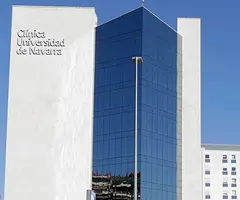
Why at the Clinica?
- Specialized Arrhythmia Unit of national reference.
- Unit of Hemodynamics and Interventionist Cardiology equipped with the best technology.
- Cardiac Imaging Unit to achieve the highest diagnostic accuracy.
